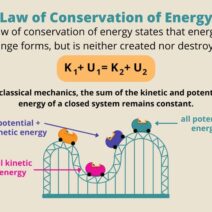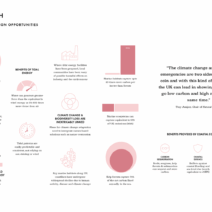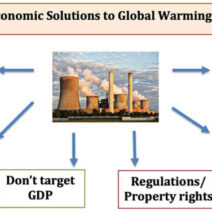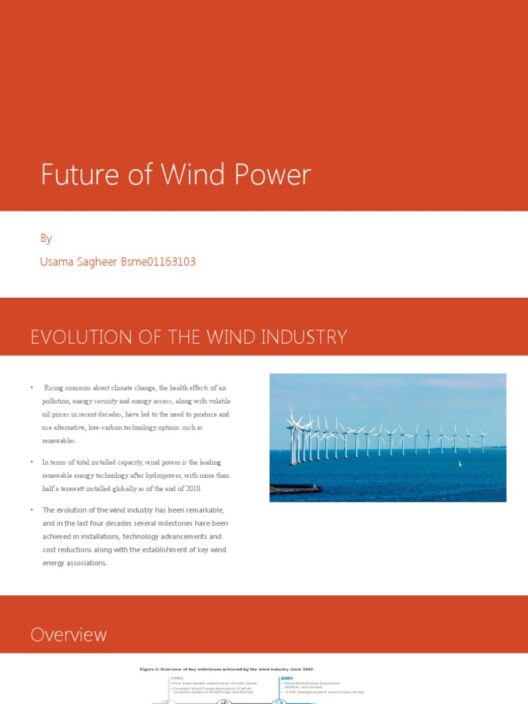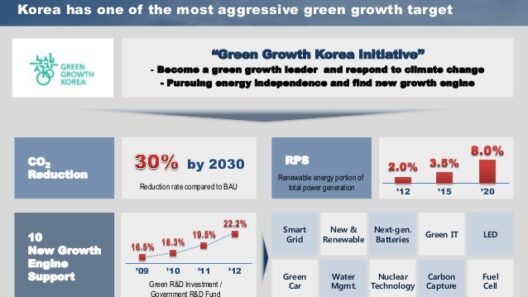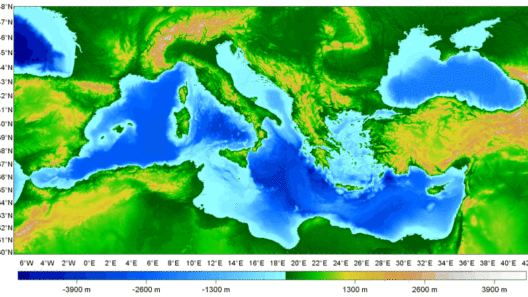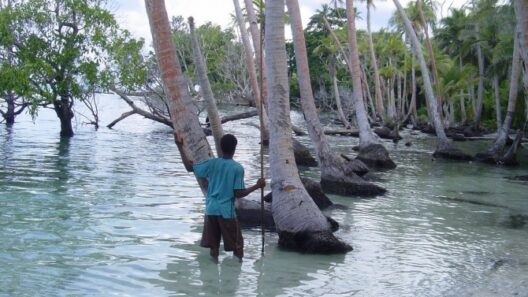In recent years, the frequency and intensity of hurricanes have become a matter of heightened concern among scientists, policymakers, and the general public alike. One of the most prominent discussions in this domain is the connection between rising sea levels and the emergence of severe weather events such as hurricanes. This article delves into the multifaceted relationship between oceanic elevations and their potential contributions to extreme meteorological phenomena.
Understanding the mechanics of hurricanes is crucial. These storms are born over warm ocean waters, where the heat and moisture from the sea surface fuel their development. As climate change exacerbates the warming of our planet, sea surface temperatures are also on the rise. This connection between temperature and hurricane formation introduces an essential consideration: how do elevated sea levels interplay with these storms?
The delicate dance of science rapidly reveals an alarming truth: rising sea levels do not directly create hurricanes, but they do contribute to their devastating impacts. Such a nuanced understanding is pivotal in discussing climate-related disasters.
The feedback loop of rising sea levels and intense hurricanes could alert the public to profound environmental changes that demand urgent attention and decisive action. To fully grasp this relationship, it is vital to analyze the pivotal aspects of sea level rise and the dynamics of hurricane formation.
Rising Sea Levels: A Consequence of Climate Change
Ocean levels are rising primarily due to two factors: the thermal expansion of seawater, as it warms, and the melting of glaciers and polar ice sheets. Over the last century, these processes have resulted in an approximate global sea-level rise of about 8 to 9 inches. However, recent projections suggest that this figure could escalate significantly in the coming decades, with some estimates forecasting a rise of over 3 feet by the end of the 21st century if current trends persist.
This increasing level of seawater poses numerous threats to coastal communities, ecosystems, and infrastructure. However, it is crucial to recognize that rising sea levels also affect the dynamics of hurricanes, particularly in affecting storm surges, flooding, and the geographical range of these weather systems.
The Principle of Storm Surge: A Bitter Reality
One of the most dangerous aspects of hurricanes is the storm surge, a rise in seawater level caused by the hurricane’s winds and low pressure. When combined with the existing elevated sea levels, storm surges can reach catastrophic heights, inundating coastal areas and leading to substantial damage. For instance, during Hurricane Sandy in 2012, New York City experienced storm surges that were exacerbated by sea level rise, resulting in flooding that devastated neighborhoods and infrastructure.
Furthermore, research indicates that the strength of storm surges increases with warmer waters, leading to more intense hurricane conditions. This relationship suggests that the interactions between sea temperature and sea level rise are critical in evaluating hurricane impacts. The more potent the hurricane, the more destructive the storm surge.
Hurricanes and Climate Dynamics: An Interconnected System
Hurricanes are intricate systems that rely on various atmospheric conditions to develop. Warm ocean waters serve as their primary energy source, and as the planet continues to warm, these waters become more conducive to tropical cyclone formation. Nevertheless, it is important to clarify that rising sea levels themselves do not initiate hurricanes but serve as a supporting factor that amplifies their effects.
Moreover, the extremities of climate change also introduce other variables such as wind patterns, humidity levels, and atmospheric pressure changes, which collectively influence hurricane intensity and trajectory. These complex interactions underscore the necessity of a comprehensive approach to understanding hurricanes rather than isolating factors in a vacuum.
Shifting Geography of Hurricanes: New Patterns Emerge
As ocean temperatures warm and sea levels rise, the geographical scope of hurricane formations may also alter. Areas once relatively sheltered from hurricanes may experience more frequent and intense storms, while traditional “hurricane alley” regions might see shifts in hurricane paths. This evolution can potentially surprise communities unprepared for such natural disasters.
Increased hurricane activity in previously unaffected regions can also result in substantial economic costs, strained emergency response efforts, and increased casualties from these catastrophic events. Such transformations reinforce the pressing need for ongoing climate research and proactive adaptation strategies to protect vulnerable populations.
The Path Forward: Combating Climate Change and Its Consequences
Recognizing the link between rising sea levels and hurricane intensity is instrumental in shaping our collective response to climate change. Effective adaptation strategies must address both the underlying drivers of climate change—such as the reliance on fossil fuels and deforestation—and the immediate preparation for extreme weather events.
Investing in resilient infrastructure, developing early warning systems, and lowering greenhouse gas emissions are vital steps to mitigate the risks associated with hurricanes exacerbated by rising sea levels. Communities must prioritize sustainable practices to reduce their carbon footprint while simultaneously fortifying their defenses against extreme weather events.
Encouragingly, awareness surrounding climate change is burgeoning. As more individuals engage in dialogues about environmental stewardship, the discourse around hurricanes and rising sea levels will likely become more urgent and informed. Together, fostering a deeper understanding of the mechanics behind these phenomena can galvanize collective action in the face of looming disasters.
In conclusion, while rising sea levels may not directly cause hurricanes, they undeniably amplify the risks associated with these storms. As climate change unfolds with alarming rapidity, addressing the multifaceted implications of these changes becomes imperative. By confronting these realities head-on, society can bolster its resilience and mitigate the challenges posed by a changing climate. The pursuit of knowledge and understanding in this regard holds the key to safeguarding both communities and ecosystems for generations to come.
